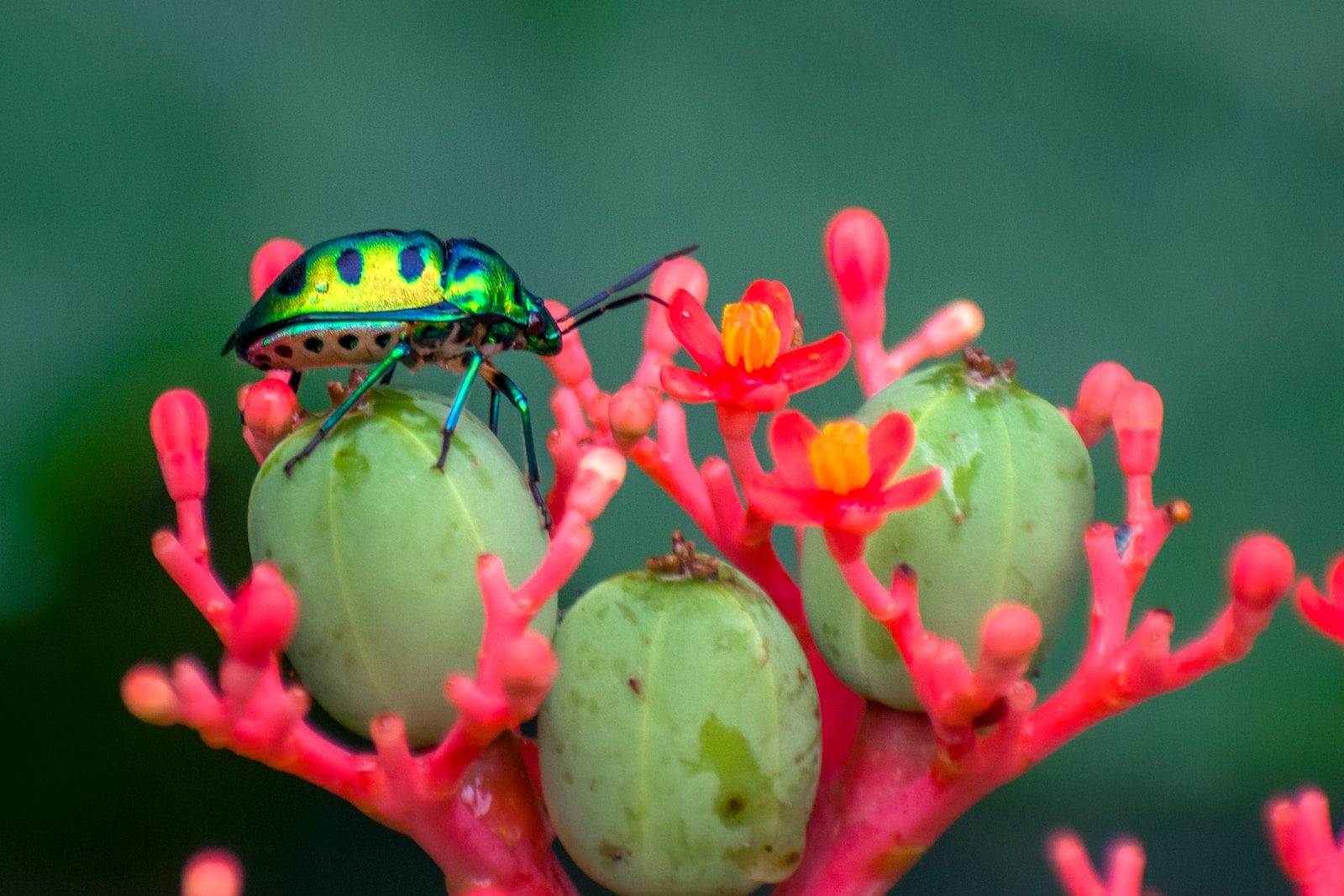Table of Contents
ToggleIntroduction
The conservation status of species is determined based on their population size, habitat range, and threats. Climate change is a significant threat to biodiversity and can have a direct impact on the conservation status of species.
Extinct Species
The category of extinct species refers to those that no longer exist. Climate change can lead to the extinction of species by altering their habitat and making it unsuitable for their survival.
Endangered Species
The category of endangered species includes those that are at high risk of becoming extinct. Climate change can impact endangered species by altering their habitat, reducing their food sources, and increasing the frequency and intensity of extreme weather events.
Threatened Species
The category of threatened species includes those that are likely to become endangered in the near future. Climate change can accelerate the threat of extinction for threatened species by exacerbating existing threats, such as habitat loss and fragmentation.
Vulnerable Species
The category of vulnerable species includes those that are at risk of becoming threatened or endangered. Climate change can increase the vulnerability of species by altering their habitat and reducing their ability to adapt to changing environmental conditions.
Near-Threatened Species
The category of near-threatened species includes those that are close to being vulnerable. Climate change can push near-threatened species into the vulnerable category by exacerbating existing threats and creating new ones.
Least Concern Species
The category of least concern species includes those that are not currently at risk of extinction. However, climate change can impact these species by altering their habitat and reducing their food sources, leading to a change in their conservation status.
Climate Change and Species Conservation
Climate change is a significant threat to biodiversity and can have a direct impact on the conservation status of species. Rising temperatures, changing precipitation patterns, and extreme weather events can all impact the habitat and survival of species.
Conservation Strategies
To address the impact of climate change on species conservation, several strategies can be taken. These include reducing greenhouse gas emissions, protecting and restoring habitats, and implementing adaptive management practices.
International Efforts
International efforts, such as the Convention on Biological Diversity and the Paris Agreement, aim to address the impact of climate change on biodiversity and species conservation. These agreements encourage collaboration and the implementation of conservation strategies.
Conclusion
Understanding the categories of species status and their link to climate change is essential in addressing the threat of extinction to biodiversity. By implementing conservation strategies and international efforts, we can work towards preserving species for future generations.







